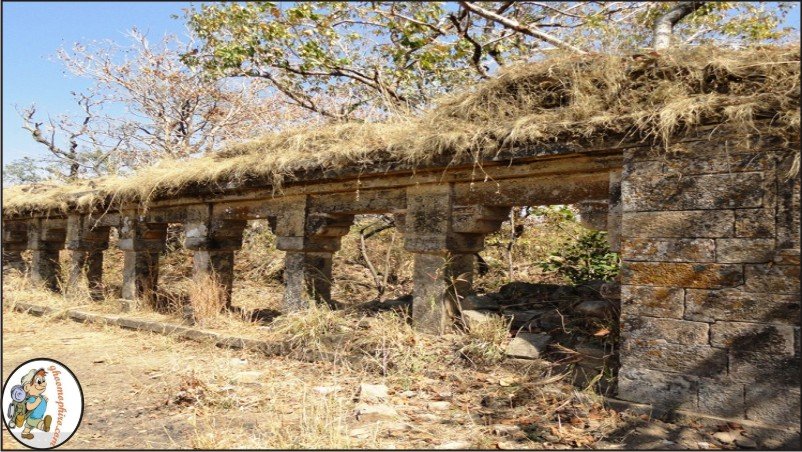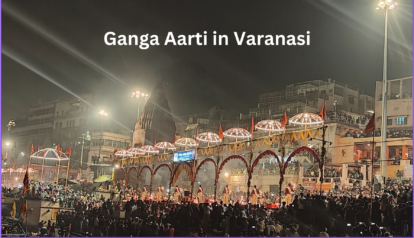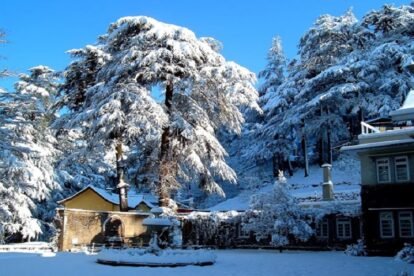History of Bandhavgarh
Posted on February 5, 2018 by Ghoomophiro

The Bandhavgarh forest in Umaria district in Madhya Pradesh has a rich history. The Bandhavgarh fort that lies inside the forest dates back to the 10th century. It is mentioned in old epics of Hindu Mythology as the Fort that belonged to Lord Ram’s Brother Lakshman and that is why it is called “Bandhavgarh”, ‘Bandhu’ meaning brother. It is believed that after defeating Ravan, Lord Rama stopped at this place and asked Nar and Neel to build a fort, to keep an eye on Lanka, since it is on the highest hill in Central India. The fort is built on 811 meters above a hilltop. On the hilltop, atop a plateau of 4sq km, that fort is built. The Bandhavgarh Fort lies in the Tala region of Bandhavgarh Forest. After the fort was made, Lakshman became the resident deity of the fort.
Around the forts, there are caves dug in sandstone which are 2000 years old with Brahmi scripture on the walls. These caves are said to be the meditating place of a lot of sages, until the 12th century when Baghels laid a claim on it. The Fort was also ruled by the Royal family of Reva who still owns the fort. We could see the traces those royal families left behind when they vacated the fort. We saw the treasury, the horse stable, and the temple.
We entered the fort through the main gate called Karn Pole and came across Lord Vishnu’s Dashavatar statues and the lakes inside the fort. The Vishnu statues are not alone and are accompanied by Shivlingas as well. The legend goes that this lake emerges from the Charan Ganga that flows from Lord Vishnu’s 32 ft statue at Shesh Shaya. Firstly, the tall statues of Narasimha, Tortoise idol took us by awe and then we got to know about the man-made pond at the top as well.
We were told that the renowned mystic poet and saint also stayed and preached here. There’s a Kabir hermitage inside the fort and our guide showed us the escape place that Kabir used to move out from the Fort, to Kashi, where apparently he met with his Guru.
Till date, there is a two-day festival for Kabir Panthis when they accumulate inside the fort. It happens in the month of December and there’s a huge gathering of Kabir followers worldwide who come barefoot.
But we need to specifically mention one thing though, despite the rich history of the Fort, what makes our trip to Bandhavgarh fort truly worthwhile was the view of the forest from the fort. It was breathtakingly beautiful and that was a sight like no other.
The present priest of the Fort is employed by the Forest department while the earlier priest was in an alliance with the Maharaja of Rewa. During the festivities, the population surrounding are allowed free access. The climb to the fort may be hard but once you reach there, it will be a great feeling. Once ruled by Kings, now the Fort is ruled by Tigers who walk in the surrounding areas, unafraid and there are myths about these Tigers accompanying Temple priest to the Fort and even fighting a sloth bear for their protection.
Walking around the fort gave us the impression that it contained many more untold stories and the rich history we were told about was barely a part of the real story. There is so much to see and experience in there that we were glad to have gotten the chance to visit.
Time to Visit:
Though entry into Bandhavgarh is prohibited for a while, that decision may be revised. Keeping that in mind, the best time to visit would be November to April.
There are plenty of accommodations available in the Tala district, Bandhavgarh.
How to reach: The place is well connected by road, air, and railways. You need to get down at Umaria station which is overnight from Delhi.










being from MP i never visited bandhavgarhg..will visit now.